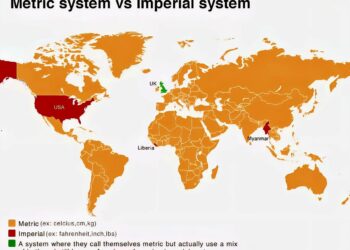Select Language:
Sanofi has introduced two new cardiovascular treatments at the China International Import Expo, formed through collaborations with local Chinese companies, emphasizing the company’s focus on innovation driven by partnerships in China. Both drugs made their global debut and aim to fill significant gaps in China’s cardiovascular disease treatment options: aficamten for hypertrophic cardiomyopathy and plozasiran for familial chylomicronemia syndrome and severe hypertriglyceridemia. These medications are products of collaborations with Chinese biopharmaceutical firms and Arrowhead Pharmaceuticals’ RNA therapy subsidiary.
The company’s approach in China is guided by several core principles. They aim to bring innovative therapies that meet patient needs, ensuring these treatments are first-in-class or best-in-class, reinforcing their commitment to local healthcare. Aficamten, a second-generation cardiac myosin inhibitor, treats obstructive hypertrophic cardiomyopathy—a genetic condition that can result in heart failure or sudden cardiac death, especially among adolescents and athletes. It has been granted Breakthrough Therapy Designation by China’s regulatory authority.
While aficamten may not be the very first of its kind, there is confidence that it could become the leading treatment option. It works by decreasing the high outflow gradient in the heart that obstructs blood flow. Plozasiran, on the other hand, is a pioneering RNA interference therapy targeting two rare and common conditions—familial chylomicronemia syndrome and severe hypertriglyceridemia, which affects about 20 million Chinese people. Elevated triglyceride levels can cause acute pancreatitis, with severe cases resulting in over 30% mortality. Current treatments like fish oil only reduce triglycerides modestly, but plozasiran has demonstrated an 80% reduction in triglyceride levels in clinical trials, along with an 83% decrease in the risk of developing pancreatitis compared to placebo.
Despite promising clinical data, commercialization faces notable hurdles. Less than 20% of hypertrophic cardiomyopathy cases are correctly diagnosed in China, highlighting a significant need for education about these conditions. Raising awareness among both patients and healthcare professionals about the disease and its diagnosis is crucial. Additionally, fragmented healthcare—where patients often seek treatment far from home—creates interruptions in care continuity. To address this, partnerships are underway with hospitals and professional societies to develop integrated care pathways, including early screening, precise diagnosis, quick intervention, and standardized management, alongside exploring reimbursement and supply chain strategies.
This strategic collaboration with Chinese institutions marks a shift toward more localized innovation efforts. Sanofi has teamed up with Cathay Capital to create an investment fund supporting early-stage molecules and has partnered with Chinese scientists and venture capitalists to develop therapies aligned with the country’s Healthy China 2030 goals. Such initiatives aim to expand treatment options tailored to Chinese healthcare needs.
Cardiovascular disease remains China’s leading cause of death, impacting over 330 million people, with the number expected to grow as the population ages. Economic growth is influencing lifestyles and diets, leading to more health conditions. The aging demographic further amplifies these challenges.
The company is now focusing on groundbreaking therapies across cardiovascular and other unmet medical fields, aiming to bring advanced solutions to China’s evolving healthcare landscape.






